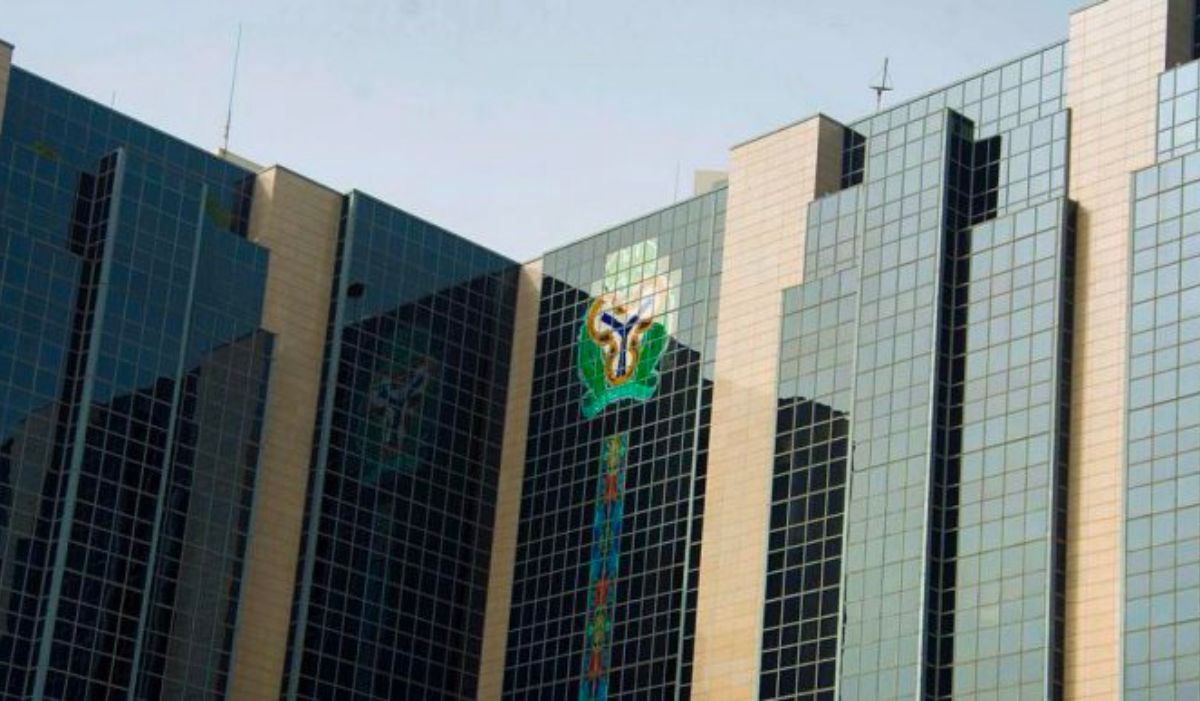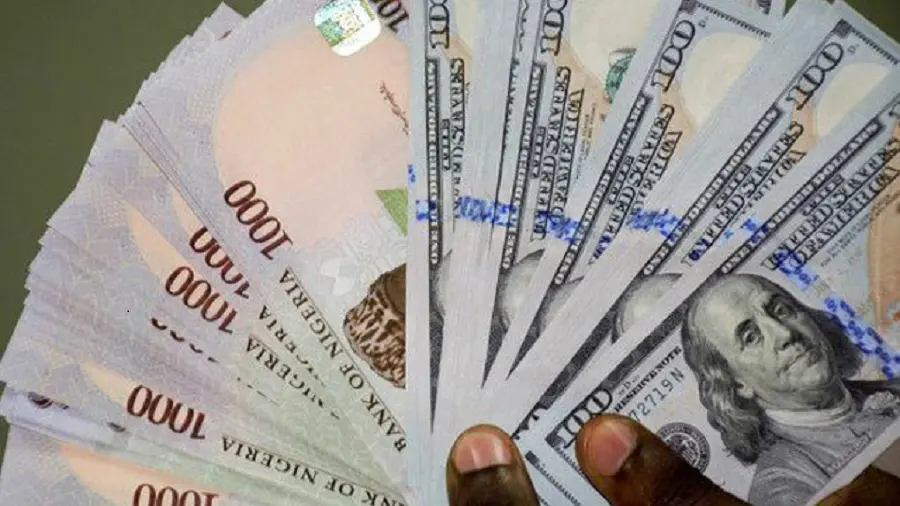CBN Says Nigeria’s Foreign Reserves Hit $41bn, Highest in Nearly Four Years

Nigeria’s foreign exchange reserves climbed to $41.00 billion on August 19, 2025, marking the highest level in almost four years, according to the latest figures published by the Central Bank of Nigeria (CBN).
This development represents the strongest reserve position since December 3, 2021, reflecting steady external inflows after a period of prolonged volatility and depletion driven by debt servicing obligations and market pressures.
The month of August has been particularly significant for Nigeria’s reserves. Since the start of the month, the country has recorded a net increase of about $1.46 billion, rising from $39.54 billion on August 1 to $41.00 billion by mid-month. This equates to a 3.69% growth in less than three weeks, with daily average inflows estimated at roughly $81 million.
The upward movement gained momentum early in the month when reserves surpassed the $40 billion mark on August 7, after closing July below $39.4 billion. By August 12, reserves reached $40.5 billion and, within another week, crossed the $41 billion benchmark. The growth pattern has been consistent, with only minimal pauses, suggesting resilient inflows.
This strong accumulation strengthens the CBN’s capacity to manage naira stability in the official window, support liquidity in the foreign exchange market, and deter speculative activities.
On a yearly basis, reserves have shown modest improvement. Nigeria’s stock of reserves stood at $40.88 billion on December 31, 2024. The current figure of $41.00 billion implies a net gain of about $124 million, or 0.30%, since the beginning of 2025.
The majority of these gains have been concentrated within the last five weeks, following a relatively flat performance in the first half of the year. Between January and June, reserves moved largely within the $37–39 billion band, reflecting the combined effects of fluctuating oil revenues, foreign exchange interventions, and debt obligations.
For instance, reserves had fallen to $37.28 billion in early July before staging a sharp turnaround that has since added more than $3 billion—an 8% increase in just over a month.
Viewed from a longer-term perspective, the current $41 billion reserve level underscores a remarkable recovery, especially after the drawdowns of 2022 and 2023, when reserves consistently struggled to stay above $38 billion.
The present milestone not only places Nigeria at its strongest external reserve position since late 2021 but also signals renewed confidence in the country’s foreign exchange outlook.





